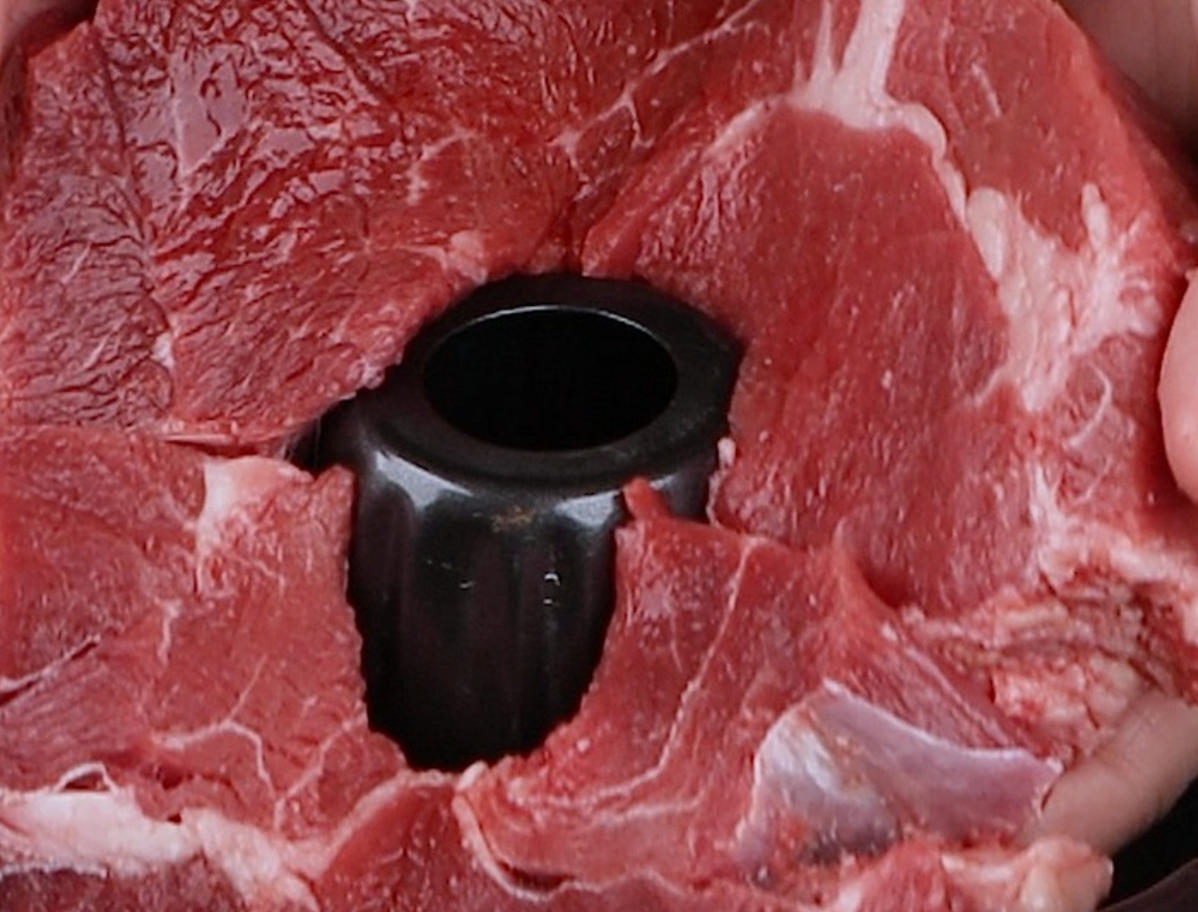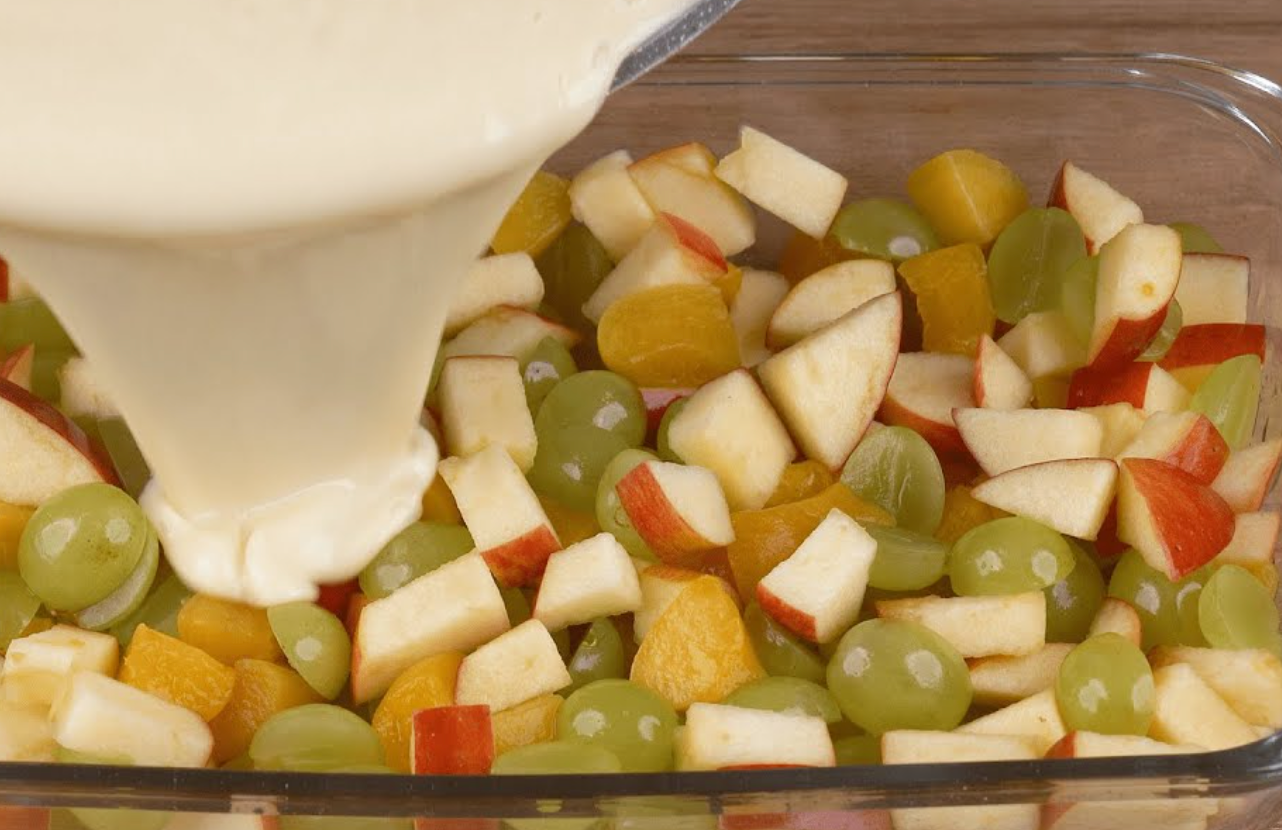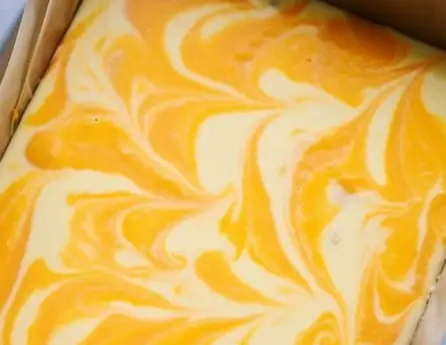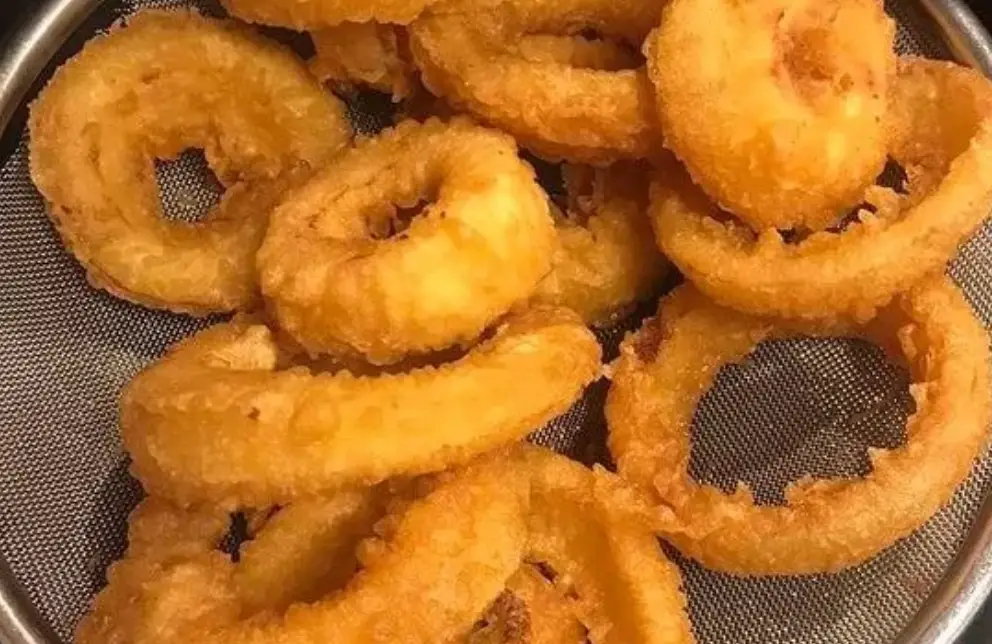If you’re looking to elevate your beef cooking technique, using a bundt pan might just be the trick you didn’t know you needed. This method, which I learned from a 5-star steakhouse, ensures even cooking and allows the meat to retain its juices, resulting in a perfectly cooked, flavorful dish. Let’s dive into this unique and delicious way to prepare beef.
Why Use a Bundt Pan?
The bundt pan’s unique shape allows for even heat distribution around the meat, ensuring that it cooks consistently. The central tube in the bundt pan helps to radiate heat through the middle of the meat, which is particularly useful for thicker cuts. Additionally, the pan collects the juices that can be used to baste the meat or create a delicious sauce.
Ingredients
- 1-2 pounds beef roast (chuck roast, ribeye roast, or your favorite cut)
- 2 tablespoons olive oil
- Salt and pepper, to taste
- 4 cloves garlic, minced
- 1 tablespoon fresh rosemary, chopped
- 1 tablespoon fresh thyme, chopped
- 1 onion, quartered
- 2-3 carrots, cut into large chunks
- 2-3 potatoes, cut into large chunks
- 1 cup beef broth
- 1/2 cup red wine (optional)
Instructions
Step 1: Preheat the Oven
- Preheat your oven:
- Set your oven to 325°F (165°C) to start heating up while you prepare the beef.
Step 2: Prepare the Beef
- Season the beef:
- Rub the beef roast all over with olive oil, then generously season it with salt, pepper, minced garlic, rosemary, and thyme. Make sure the seasoning is evenly distributed.
- Place the beef in the bundt pan:
- Place the seasoned beef into the center of the bundt pan. The central tube should run through the middle of the beef, which helps in even cooking.
Step 3: Add Vegetables
- Arrange the vegetables:
- Arrange the onion quarters, carrots, and potatoes around the beef in the bundt pan. These will cook alongside the meat and absorb some of the flavors.
Step 4: Add Liquid
- Pour the liquids:
- Pour the beef broth and red wine (if using) into the bundt pan. The liquids should cover the bottom of the pan but not submerge the beef entirely.
Step 5: Roast the Beef
- Cover and roast:
- Cover the bundt pan with aluminum foil to retain moisture and place it in the preheated oven. Roast for about 2 to 2.5 hours, depending on the size of your roast and your desired level of doneness.
- Check for doneness:
- Use a meat thermometer to check the internal temperature of the beef. For medium-rare, aim for an internal temperature of 130°F (54°C); for medium, 140°F (60°C).
- Baste occasionally:
- If possible, baste the beef with the juices from the bottom of the pan every 30-45 minutes to keep it moist and flavorful.
Step 6: Rest and Serve
- Rest the beef:
- Once the beef is cooked to your liking, remove the bundt pan from the oven and let the beef rest for about 10-15 minutes. This allows the juices to redistribute throughout the meat, ensuring a tender and juicy roast.
- Slice and serve:
- Carefully remove the beef from the bundt pan and slice it against the grain. Serve the beef with the roasted vegetables and drizzle with the pan juices.
Cook’s Notes
- Meat Selection: Choose a cut of beef that suits your taste and budget. Chuck roast is great for a budget-friendly option, while ribeye roast offers a more luxurious experience.
- Seasoning: Feel free to experiment with different herbs and spices to suit your taste. Sage, oregano, and bay leaves are great alternatives.
- Vegetables: You can add other vegetables like parsnips, sweet potatoes, or Brussels sprouts to the pan for more variety.
Variations
Garlic Herb Crusted Beef
Add a crust of garlic, breadcrumbs, and herbs on top of the beef before roasting for an extra layer of flavor and texture.
Spicy Beef Roast
Add a pinch of chili flakes or a sliced chili pepper to the seasoning for a hint of heat.
Citrus Beef Roast
Add the zest and juice of a lemon or orange to the marinade for a fresh, tangy flavor.
Red Wine Reduction Sauce
After roasting, reduce the pan juices on the stovetop with additional red wine and a pat of butter for a rich sauce to drizzle over the meat.
Frequently Asked Questions (FAQs)
1. Can I use this method with other meats?
Yes, you can use this bundt pan method with pork roast, lamb, or even a whole chicken. Adjust cooking times as needed.
2. How do I store leftovers?
Store any leftovers in an airtight container in the refrigerator for up to 3 days. Reheat gently in the oven or on the stovetop.
3. Can I use a bundt pan in the microwave?
Bundt pans are typically not microwave-safe, especially if they are made of metal. This recipe is designed for oven use only.
4. What if I don’t have a bundt pan?
You can use a regular roasting pan, but you won’t get the same even cooking and presentation benefits. Alternatively, a tube pan might work if it’s oven-safe.
5. Can I make gravy from the pan drippings?
Absolutely! After roasting, strain the pan drippings, then whisk in a little flour over medium heat to thicken it into a delicious gravy.
Using a bundt pan to cook beef is a clever and effective way to achieve a perfectly cooked roast with minimal effort. The even heat distribution, combined with the ability to catch all the delicious juices, makes this method a must-try. Whether you’re preparing a special dinner or just want to try something new, this bundt pan beef recipe will impress with its flavor and presentation. Enjoy cooking and sharing this 5-star steakhouse secret with your loved ones!






